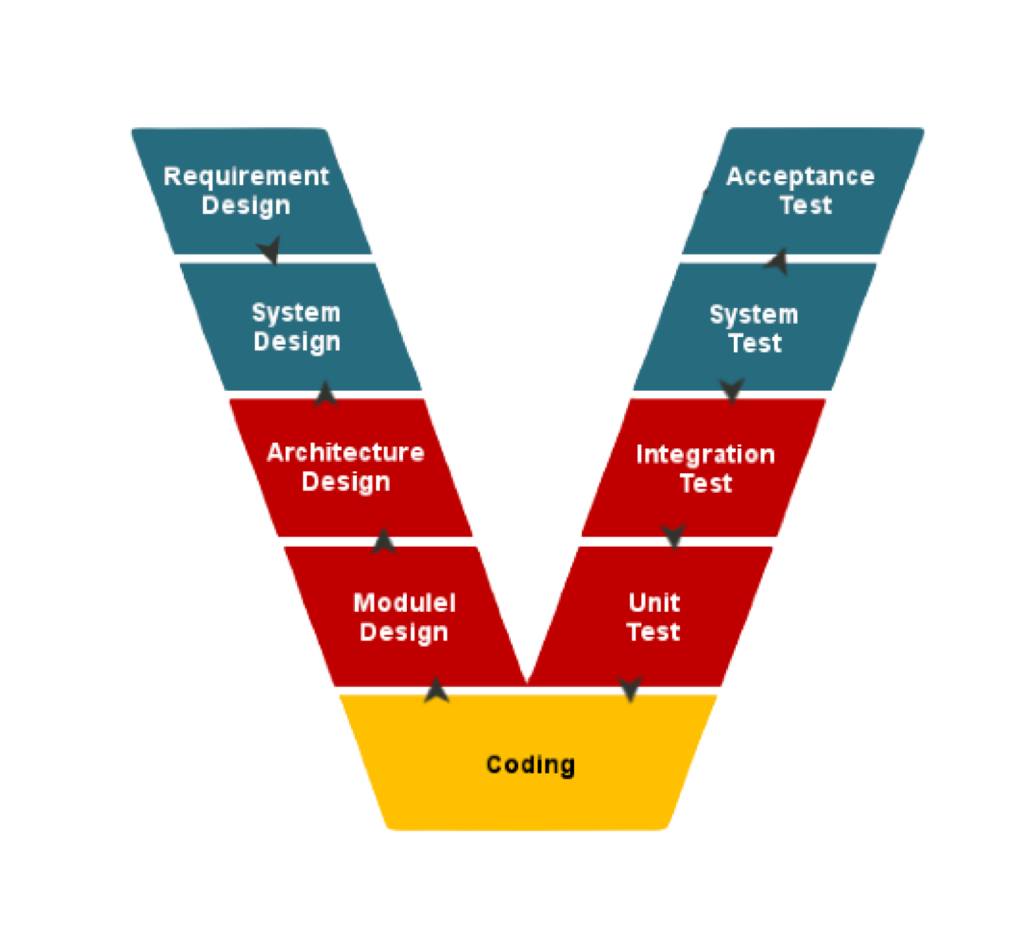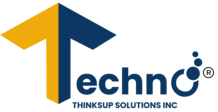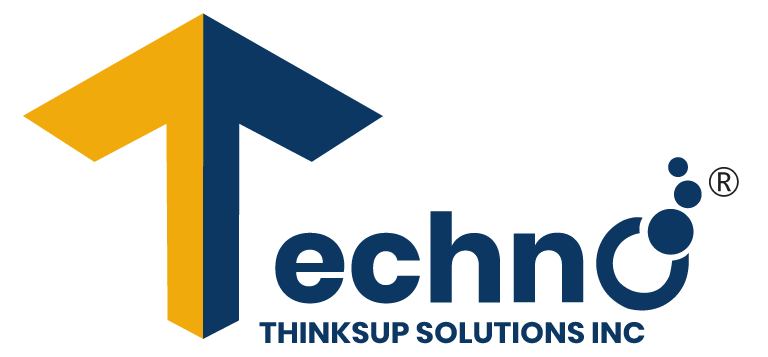
V-Model: Streamlined Quality Assurance
The V-Model methodology, also known as the Verification and Validation model, is a robust software development framework emphasizing a sequential and parallel testing approach. Each development phase is matched with a corresponding testing phase, ensuring early detection of defects and enhancing product quality. By integrating design and testing phases, the V-Model reduces development risks and streamlines the process. Ideal for projects with clear requirements, this model boosts efficiency and ensures a reliable, well-tested end product. Embrace the V-Model for a systematic, quality-driven approach to software development.
Additionally, the V-Model promotes collaboration between development and testing teams throughout the project lifecycle, fostering a shared understanding of requirements and acceptance criteria. Its structured approach facilitates comprehensive test planning and execution, enabling thorough verification and validation of software functionality. By emphasizing rigorous testing at each stage, the V-Model helps mitigate project risks and ensures that the final product meets the desired quality standards, ultimately enhancing customer satisfaction and reducing the likelihood of post-release issues.

The Process
In the V-Model, each stage of the software development lifecycle is paired with a corresponding testing phase, ensuring thorough verification and validation. This structured approach facilitates early detection and resolution of defects, leading to improved product quality and reduced development risks.
Identify and document detailed functional and system requirements. This forms the foundation for subsequent design and testing phases, ensuring all stakeholders have a clear understanding of project goals.
Translate requirements into a high-level system architecture. Define the system's structure, components, and their interactions, laying the groundwork for detailed design and implementation.
Develop a detailed blueprint of the system’s modules and their interfaces. This stage focuses on the technical design, specifying how each part of the system will function and interact.
Design individual modules in detail. Each module's internal logic is specified, preparing for precise coding and ensuring all components align with the overall system design.
Convert design specifications into executable code. This stage involves actual programming and unit testing to verify that each module performs as intended.
Conduct rigorous testing at various levels (unit, integration, system, and acceptance) to ensure the final product meets all requirements. Validation confirms the software is fit for purpose and free of critical defects.
Best Practices We Implement

Clear Requirement Definition
We prioritize gathering and documenting detailed requirements to ensure alignment with stakeholder expectations. This minimizes ambiguity and sets a solid foundation for the entire development process.

Rigorous System Design
Our team emphasizes creating a comprehensive system architecture that outlines the structure, components, and interactions. This high-level design ensures a cohesive framework for detailed development.

Detailed Module Specifications
We meticulously design each module with precise specifications. This approach guarantees that every component is well-defined, facilitating seamless integration and functionality.

Thorough Code Implementation
Our coding phase adheres to best practices, ensuring high-quality, maintainable code. We conduct unit tests to verify the functionality of each module, catching defects early in the development cycle.

Comprehensive Testing Strategy
We implement a multi-level testing strategy, including unit, integration, system, and acceptance testing. This rigorous approach ensures that our final product is robust, reliable, and meets all specified requirements.

Continuous Validation and Verification
Throughout the development lifecycle, we engage in continuous validation and verification to ensure our product meets quality standards and client expectations. This iterative process helps in early defect detection and resolution, maintaining the integrity of the final product.




 Web Development
Web Development
 App Development
App Development
 IT Consulation
IT Consulation
 UI/UX Design
UI/UX Design
 Ecommerce
Ecommerce
 Content Marketing
Content Marketing
 DevOps Services
DevOps Services
 Software Development
Software Development
 Digital Marketing
Digital Marketing
 Social Media Marketing
Social Media Marketing
 Search Engine Optimization
Search Engine Optimization
 AWS Managed Services
AWS Managed Services
 QA And Software Testing
QA And Software Testing
 Local Search Optimization
Local Search Optimization
 Technology Outsourcing
Technology Outsourcing
 Metaverse Development
Metaverse Development
 Web 3 Consulting
Web 3 Consulting
 IoT App Development
IoT App Development
 VR App Development
VR App Development
 IT Staff Augmentation
IT Staff Augmentation
 Startup App Development
Startup App Development
 Saas App Development
Saas App Development
 Low Code Development
Low Code Development
 Product Engineering
Services
Product Engineering
Services
 Custom CRM Development
Custom CRM Development
 Offshore Development
Center (ODC)
Offshore Development
Center (ODC)
 Machine Learning
Development
Machine Learning
Development
 Blockchain App Development
Blockchain App Development
 Blockchain In Identity Management
Blockchain In Identity Management
 Artificial Intelligence
Development
Artificial Intelligence
Development
 Dedicated Development Team
Dedicated Development Team
 Strategic Mobile
Consulting
Strategic Mobile
Consulting
 Scrum
Scrum
 DevOps
DevOps
 Lean
Lean
 Kanban
Kanban
 V-Model
V-Model
 Waterfall Model
Waterfall Model
 Design Thinking
Design Thinking
 Agile Development
Agile Development
 Prototype Methodology
Prototype Methodology
 Rapid Application Development (RAD)
Rapid Application Development (RAD)
 Feature-Driven
Development (FDD)
Feature-Driven
Development (FDD)
 Dynamic Systems
Development Method (DSDM)
Dynamic Systems
Development Method (DSDM)





